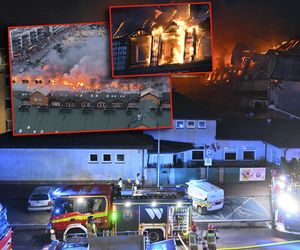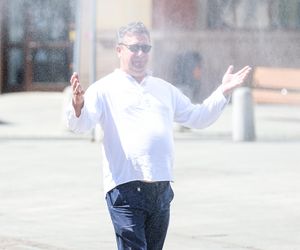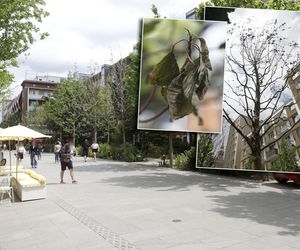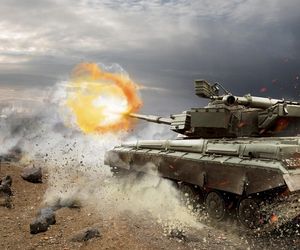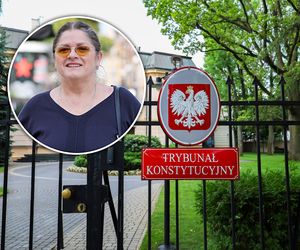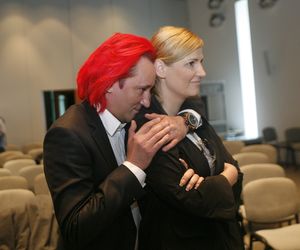It is the historical capital of the Wielkopolska ("Greater Poland") region, and is currently the administrative capital of the province called Greater Poland Voivodeship.
It's probably here in 966 where Polish baptism took place. After another 73 years, Poznań has been the capital, but then the functions were moved to Kraków.
Stable development and the increasing importance of the city in 1655 broke the Swedish invasion.
As a result of Polish partitions, the city went under the rule of Prussia. Classifieds slowly started to climb again on the path of development.
During the World War II areas of Poznań was annexed by the Third Reich. Germans called these lands Warta country. They began with the expulsion of Polish people and Jews, and the names of streets, neighborhoods and back yards were German. Poznań was liberated by the Red Army in late February 1945. Bombing led to the destruction of nearly half of the buildings of the city.
After the war he began a slow recovery of Poznań. However, despite being the most industrialized city in the country, the level of living did not improve. In 1956, Poznań workers revolted against the communist regime. After attacking the building of the Public Security forces began to shoot at demonstrators.
The collapse of communism allowed Poznań flourish in every area. Today it is one of the most economically developed cities in Polish.
Fans who will watch the matches of EURO in Poznań will marvel at such places as the Old Town, the oldest Polish cathedral of St. Peter's Basilica. And St. Peter. Paul's Cathedral Island and buildings.
North of the Old Town is the Prussian citadel and site where, in February 1945, 20,000 German troops held out for a month. It is now a park with two war museums. South of the city in Park Wilsona, the Palm House is an incredible expanse of greenhouses built in 1910 containing 19,000 species of plants.











![Egzamin ósmoklasisty 2025: Jak obliczyć punkty z egzaminu ósmoklasisty? [PORADNIK]](https://cdn.galleries.smcloud.net/t/galleries/gf-1Mzs-Prk9-P89q_egzamin-osmoklasisty-2025-jak-obliczyc-punkty-z-egzaminu-osmoklasisty-poradnik-300x250.jpg)
![Egzamin ósmoklasisty 2025: wyniki. Jak i gdzie sprawdzić wyniki E8? [EGZAMIN ÓSMOKLASISTY WYNIKI, CKE]](https://cdn.galleries.smcloud.net/t/galleries/gf-ntiH-LEZC-B5EY_wyniki-egzaminu-osmoklasisty-2025-jak-i-gdzie-je-sprawdzic-egzamin-osmoklasisty-wyniki-cke-300x250.jpg)
